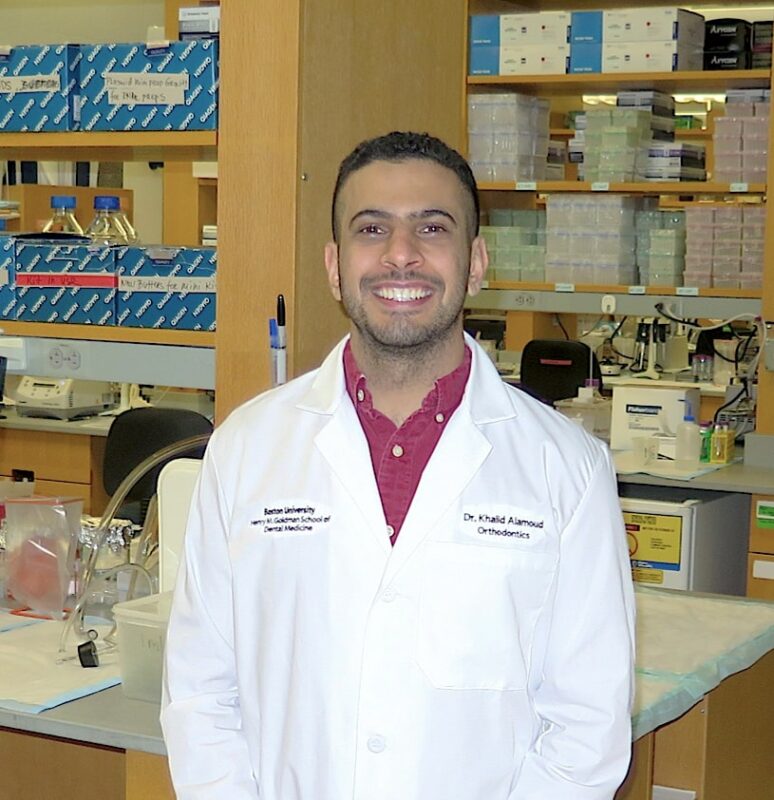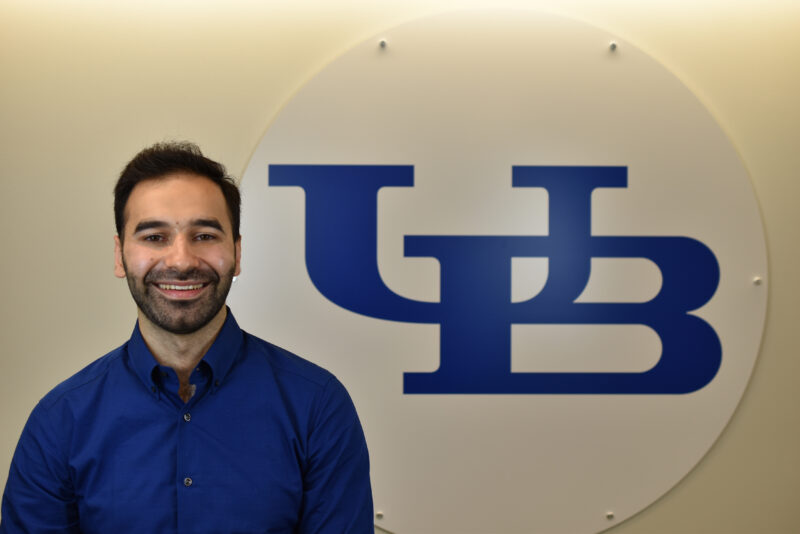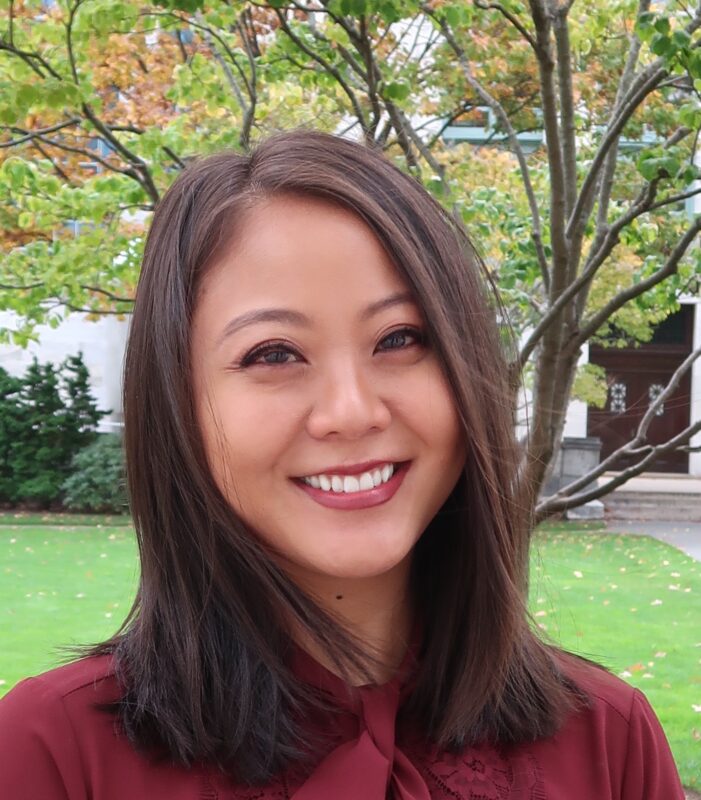This program serves to further enhance and encourage a collaborative relationship between NESO and the orthodontic training programs while awarding and supporting residents in training. We received excellent proposals this year and, after a thorough committee review, the following residents have been chosen for sponsorship!

Dr. Khalid A. Alamoud – “Role of Gsα-Dependent Signaling in Bone Homeostasis, Condylar Remodeling and Enamel Mineralization” (Boston University)
The study is investigating the effect of intracellular signaling, Gsα subunit on osteocytes, using genetically modified animal models. Such a model will help to study the role of Gsalpha in bone and teeth; we will generate mice in which this protein is ablated from osteocytes, DMP1-Cre(+): Gsα(flox/flox), by crossing Gsα flox/flox with other expressing Cre-recombinase driven by a 10 kb DMP1-promoter. These models will be assessed by Dual Energy X-ray Absorptiometry (DEXA), Microcomputed Tomography (μCT), and histochemistry analyses. We hypothesized that Gsα signaling in osteocytes is critical for maintaining craniofacial bone homeostasis, condylar remodeling, and tooth mineralization.

Dr. Mohammed Hussain Al-zainal – “Alignment and Discomfort using Non-Sliding Lingual Orthodontic Technique (BRIUS) and Conventional Bracket Systems: A Single-Centre Randomized Clinical Trial” (The State University of New York SUNY)
BRIUS is a new fixed lingual orthodontic appliance system that focuses on moving teeth in all three planes of space simultaneously, while minimizing unwanted resultant forces using one to two wires for the entire duration of treatment. We will conduct a single-centre randomized controlled clinical trial to evaluate leveling and alignment with BRIUS as compared to conventional full-fixed labial appliances. We will also compare discomfort between the two appliance systems. The study will be completed through the concerted efforts of the entire orthodontic department at UB and the generous support from NESO.

Dr. Desiree Hsiou – “Assessing the Effectiveness of Dental Monitoring Artificial Intelligence Technology” (Harvard School of Dental Medicine)
In light of social distancing requirements, many orthodontists have started to use the software program Dental Monitoring to provide remote patient care and monitor progress of clear aligner treatment. Dental Monitoring’s artificial intelligence analyzes patient uploaded videos and notifies providers of a “Slight Unseat,” “Seat,” or “Noticeable Unseat” of aligner trays. Orthodontists can customize these outputs to direct the patient’s care plan progression. Our research will compare expected to actual STL files to better define Dental Monitoring outputs and aims to equip providers with knowledge needed to effectively utilize the program.
